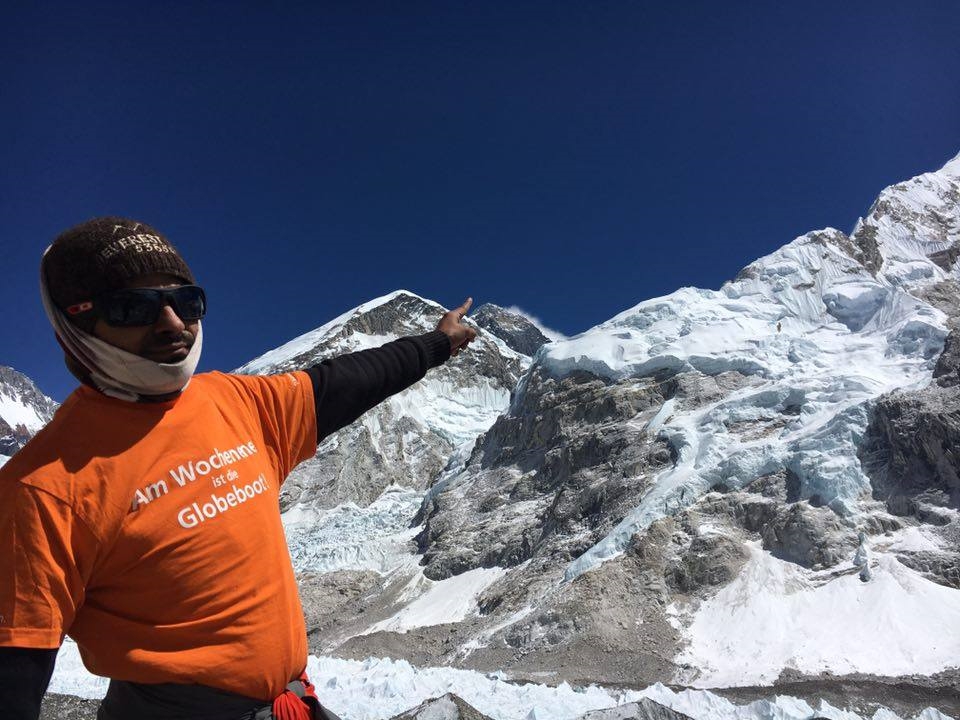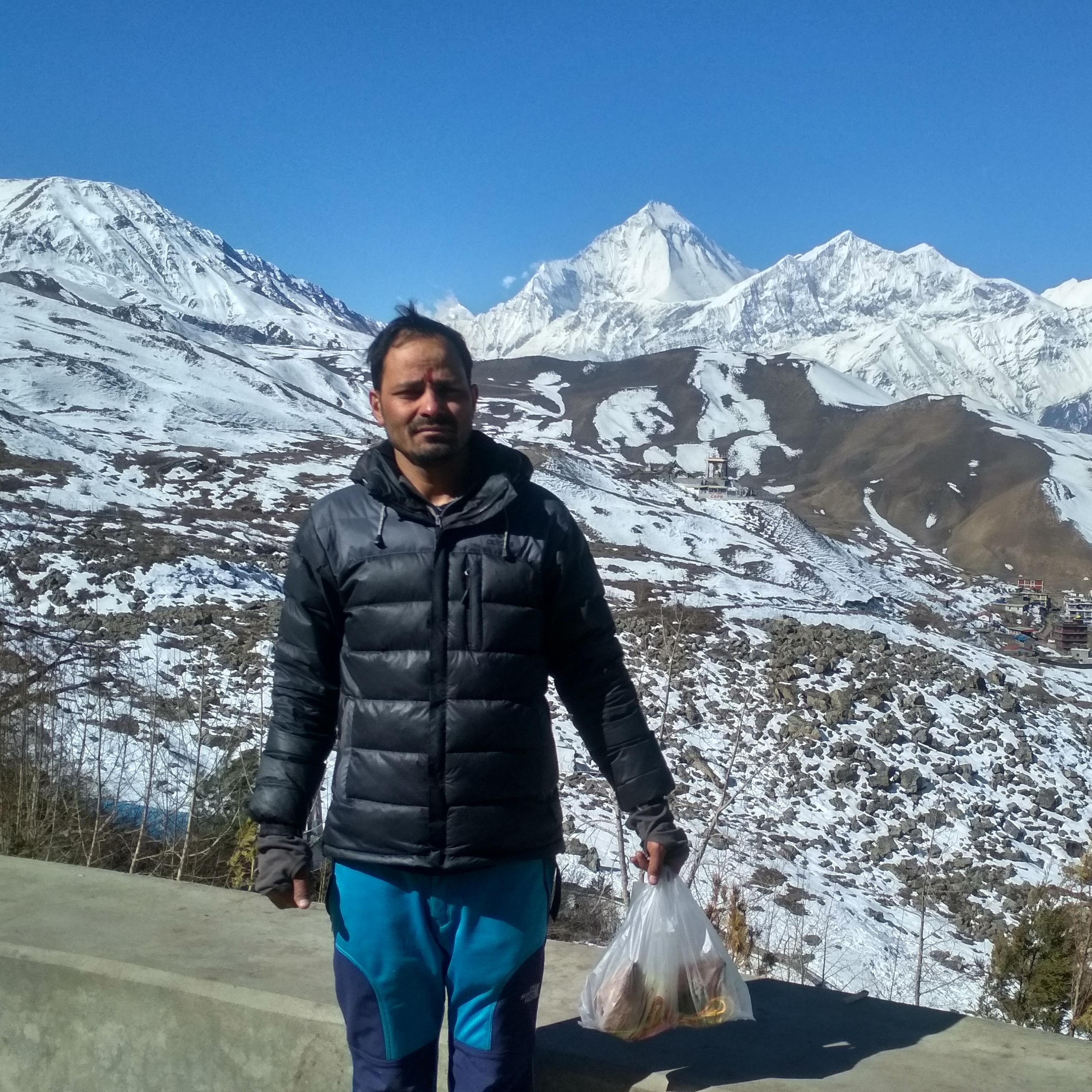Mardi Himal Trek
Mardi Himal Trek Highlights
- Mardi Himal trek gives an opportunity for the thrill of trekking in a relatively untouched part of the Himalayas.
- Compared to more popular treks like the Annapurna Circuit or Everest Base Camp, Mardi Himal sees fewer trekkers, making it a quieter and more peaceful trekking experience.
- Mardi Himal offers stunning panoramic views of the Annapurna Range, including Machapuchare (Fishtail Mountain), Annapurna South, and Hiunchuli.
- The trek passes through traditional Magar and Gurung villages, offering a true taste of Himalayan hospitality and culture.
- Mardi Himal put forward various trekking routes, ranging from moderate to challenging.
Mardi Himal Trek is a relatively new trekking destination that provides breathtaking views of varied landscapes, lush valleys, and snow-capped peaks which is nestled in Nepal’s Annapurna region. The popular Machhapuchhre (Fishtail) Peak lies to the east of the Mardi Himal trek, which leads hikers through charming villages, high-altitude pastures, and rhododendron forests. With its gradual ascent, the trail offers plenty of chances to acclimate while taking in expansive views of the Himalayan giants, including Annapurna South, Hiunchuli, and Machhapuchhre. This trek, which takes five to seven days to complete, is perfect for those looking for a peaceful mountain experience away from the beaten path because it is less crowded and quieter than more well-traveled routes in the area.
Favorable time to Visit Mardi Himal
The spring (March to May) and fall (September to November) seasons are the best times to visit Mardi Himal. The best weather is available during these times of year, when there are clear skies, comfortable temperatures, and steady trekking conditions. The trail’s scenic beauty is enhanced by the blooming rhododendrons and the lush greenery that spring brings. Conversely, autumn offers superb views of the majestic Himalayan peaks against clear blue skies. Because there is less rain in both seasons, trekking is more enjoyable because there are no monsoon showers or bitter cold to get in the way. But keep in mind that the monsoon season (June to August) brings heavy rains and possible trail hazards due to landslides, and winter (December to February) can be very cold and snowy.
Foods and lodging facility
You can anticipate a wide range of food options that are tailored to trekkers’ needs during the Mardi Himal trek, particularly in the well-known lodges and tea houses along the route. Dal Bhat (rice and lentil soup), a mainstay of Nepali cooking that offers a filling and healthy supper, is one of the typical meals. Noodles, pasta, soups, potatoes, and seasonal vegetables are some other popular foods. Additionally, most lodges serve Western fare like omelets, pancakes, sandwiches, and occasionally pizza and burgers.
Regarding lodging, there are a lot of tea houses and lodges along the Mardi Himal trekking route that offer simple but cozy lodging. Typically, rooms have twin beds with freshly laundered blankets and sheets. Usually available are shared bathrooms with basic facilities like hot showers (usually at an extra cost). Trekkers can socialize, enjoy meals, and unwind after a day of hiking in the communal dining areas found in many lodges and tea houses. These areas are typically furnished with cozy furnishings. If you want extra warmth or want to be more comfortable during the colder months, it’s advisable to bring your own sleeping bag.
Travel Insurance
We strongly recommend you to buy travel insurance that covers the activities like hiking, mountaineering and adventure sports. It helps you to provide financial protection in the event of an unforeseen accident.
Guide
Having a guide while trekking aids in your safety and well-being. They are skilled professionals who assist you in getting the most out of your time and resources by offering insightful cultural information, priceless suggestions, and guidance. They are knowledgeable about the area’s topography, vegetation, and wildlife, as well as the best places to travel and stay. Additionally, they can truly make your trip unique as they are aware of all the hidden treasures that arenot mentioned in guidebooks.
Altitude Sickness
Because of the increasing altitude, acute mountain sickness (AMS), also referred to as altitude sickness, can be dangerous during the Mardi Himal trek. Possible symptoms include headache, nausea, dizziness, and fatigue; these usually manifest above 2,500 meters (8,200 feet). It’s important to gradually increase elevation, stay hydrated, and recognize the early signs of altitude sickness (AMS) in order to properly acclimate. Hikers should be aware of their bodies, report any symptoms to their guide or other trekkers, and be prepared to turn back if they worsen. Altitude sickness can be minimized during the Mardi Himal trekking experience with careful preparation and understanding.
Culture and religion
During the Mardi Himal trek, trekkers have the opportunity to observe and fully immerse themselves in the rich religious and cultural practices of the surrounding communities, primarily Gurung and Magar. Along the route, you may encounter traditional villages where residents practice Buddhism and Hinduism. You can explore small stupas, temples, and monasteries that symbolize the daily lives and spiritual beliefs of the local people. Interactions with friendly locals who share insights into their customs, traditions, and hospitality enhance the cultural immersion of trekking in this stunning Himalayan region.
Mardi Himal Trek Itinerary
Drive to Pokhara
Drive to Kande, then Trek to Samjay Deurali (1 hr drive and 4-5 hr walk)
Trek to Badal Danda (3,210m) (6-7 hr walk)
Trek to High camp (3,600m) and Acclimatization (2-3 hr walk)
Hike to Mardi Himal Base camp (4,500m) and Trek to low camp (3050m) (7-8 hr walk)
Trek to Sidhing and Drive to Pokhara (800m) (3 hr walk and 3 hr drive)
Drive back to Kathmandu:
Mardi Himal Trek Inclusions
What's included
- Local bus from kathmandu to Pokhara
- Trekking permits and TIMS card
- Three times meals a day- Breakfast, Lunch, Dinner and accommodation in teahouse/ lodge during the trek
- A highly Experience, helpful, knowledgeable, friendly, English speaking well trained, government license holder Guide with all his salary, food, Drinks, accommodation, equipment, transport, and insurance
- Strong, helpful, porters with proper safety equipment and walking equipment his salary, food, drinks, accommodation, transport & insurance, (one porter for two people & he will carry bag pack max 20-25kg)
- Fresh fruits and tea with cookies a day
- All Government taxes and company service charge
- Medical support kit box
Add-ons
What's not included
- Fee of visa for Nepal
- Personal expenses for bar and beverages bills , bottle of water , desserts , extra porters, shower, laundry or any other program which are not mentioned by the company
- Airfare to come Nepal or return back to your own country
- If you want to stay for extra nights in a certain destination
- Travel insurance for health and evacuation
- Tips which may be provided by you to our guides, porters or anyone during the trip
Mardi Himal Trek FAQs
Do I need hiking experience? Is this trip suitable for beginners?
Not required. This is a very simple hike. It's sufficient if you can walk for five to six hours each day. Beginner hikers can benefit from this trek (Novice Hikers).
How many hours and how long do I have to walk each day?
Based on our itinerary, you should walk 5 to 6 hours each day with 10 to 15km distances.
Do I need hiking experience? Is this trip suitable for beginners?
No prior hiking experience is required. This is a very simple hike. It's sufficient if you can walk for five to six hours each day. Novice trekkers can successfully complete this trail.
What are the Permits needed for Mardi Himal Base Camp Trekking?
It is not necessary for domestic tourists, who are citizens of Nepal. However, in order for foreign visitors—including Indians—to visit Mardi Himal, they must obtain a trekking permit.
You must have a TIMS (Tourist Information Management System) permit and an Annapurna Conservation Area Project permit as this trial is located in the Annapurna Region. The cost of an ACAP permit (USD 30) and TIMS permit (USD 10) for foreigners obtained through a trekking agency.
How to Go Mardi Himal from Kathmandu or Pokhara?
After picking you up from your hotel by our trekking guide, your group will take a tourist bus to Pokhara. To get to Pokhara, it takes about seven hours. We'll take a car to Kande (trailhead) the following day. We will take a passenger-collecting Jeep from Siding to Pokhara at the conclusion of the trek.




